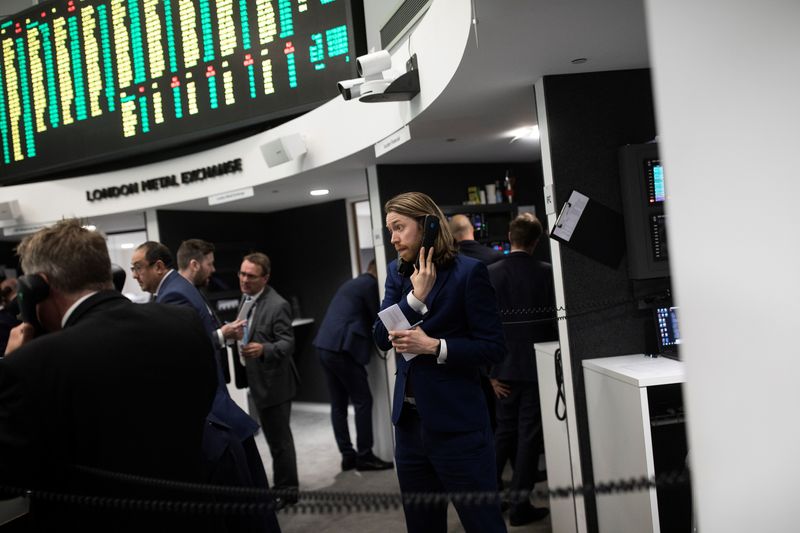By Pratima Desai
LONDON (Reuters) - Although aluminium prices for U.S. consumers have risen since Donald Trump's election win, the rise has been muted, signalling the industry is not expecting the President-elect to carry out his threat to impose hefty tariffs on Canadian imports.
Prices of primary aluminium in the United States, a net importer of the metal used in transport, construction and packaging, are based on the London Metal Exchange benchmark plus the Midwest premium.
This premium, which covers taxes, transport and handling costs, has only gained about 12% to 24 cents a lb or $530 a metric ton, since Trump won in November, a subdued move compared to 2018 when his first administration introduced tariffs of 10%.
Trump is threatening levies of 25% on aluminium shipments from Canada and Mexico and the Canadian share of U.S. primary aluminium imports is large enough for tariffs to be fully reflected in the premium.
"Markets seem to be sceptical about the actual imposition of tariffs. The theoretical impact of a 25% tariff on Canada would be a 33 cents a lb premium spike to 50 cents plus levels," said Jorge Vazquez, founder of U.S. consultancy Harbor Aluminum.
In 2018, the premium jumped 90% to $407 a ton between January, when the market started to discount the levies, and early March when the tariffs became a reality.
This time, Trump is using the threat of tariffs on Canada and Mexico as a bargaining chip to resolve border security and illegal immigration, analysts said.
For U.S. consumers, the problem would be tariffs on Canada, the largest source of aluminium shipments to the United States, which Trade Data Monitor (TDM) estimates were nearly 1.6 million tons, or 79% of U.S. imports, in January to November last year.

Primary aluminium exports to the United States in the period totalled more than two million metric tons, TDM's data showed, of which Mexico accounted for only 20 tons.
"Trump has a pretty free rein, he wants Canada and Mexico to play ball on immigration," Dmitri Ceres at U.S.-based aluminium trader PerenniAL. "Most likely tariffs will result in higher prices for metal in the U.S. versus the rest of the world."